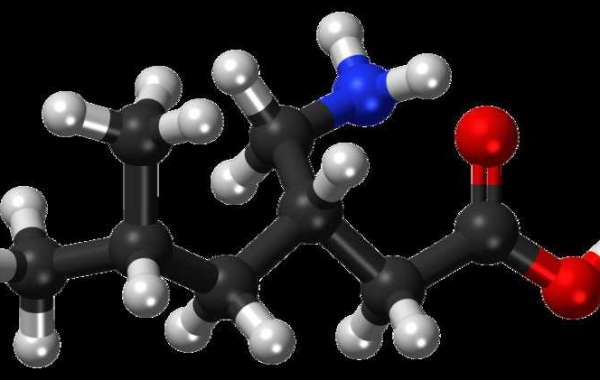Background: Pregabalin (PGB, trade name Lyrica) is a novel gamma-aminobutyric acid (GABA) receptor agonist developed by Warner-amber Company, which is an analog of the neurotransmitter GABA, which can inhibit the central The α2-δ subunit of the voltage-dependent calcium channel in the nervous system reduces the influx of calcium ions, and subsequently reduces the release of excitatory neurotransmitters such as glutamate, norepinephrine, and substance P, thereby effectively controlling neuropathic pain. As a second-generation antiepileptic drug, in addition to its use in the treatment of partial seizures, more and more studies have been conducted on its use in the treatment of neuropathic pain in recent years.
Objective: The incidence of neuropathic pain in the population is about 1%, and it is difficult to treat. This article reviews the application of PGB in neuropathic pain and discusses its application prospects in this field.
Methods: The cnki database and PubMed were searched for articles about PBG in pain treatment in the past ten years, and a pooled analysis was performed.
Results: This article reviews the use of pregabalin in the following pain conditions: central neuralgia, diabetic peripheral neuralgia, postherpetic neuralgia, fibromyalgia syndrome, visceral pain, restless legs syndrome, sympathetic Nerve maintenance pain and sympathetic unrelated pain. Results from multiple literatures suggest that PGB is effective in reducing spontaneous pain, hyperalgesia, and hyperalgesia from muscle, skin, and viscera, as well as pain relief in these diseases, especially when it is used for diabetic peripheral neuralgia and postherpetic zoster. Hereditary neuralgia has been certified by the US FDA. In addition, when PGB is used as a preoperative and postoperative drug, the dose of other analgesics can be reduced after surgery.
There are also individual studies using PGB for the treatment of hiccups and oral burning syndrome, which also showed a certain effect. Then there are studies showing that PGB can improve the efficacy of other drugs. The side effects of PGB include dizziness, blurred vision and headache. Some scholars suggest combining two or more drugs to improve efficacy and reduce side effects. The limiting factor for the clinical application of PGB is its high price. The cost-benefit analysis results of some literatures show that PGB is not suitable as a first-line drug.
Conclusion: PGB has a fast onset of action, can significantly relieve neuropathic pain, significantly improve the quality of life of patients, and rarely interact with other drugs. It can be used as a drug choice for clinicians to treat neuropathic pain.







